Ferns are a popular houseplant, but there are so many different types to choose from! How do you know which fern is right for you? In this article, we will compare two popular ferns: the Macho Fern and the Boston Fern. Both ferns are easy to care for, but they have different requirements. The Macho Fern is more tolerant of direct sunlight, while the Boston Fern prefers a shady spot. The Macho Fern is also more drought-resistant, while the Boston Fern needs to be kept moist. So, which fern is right for you? Read on to find out!
What Is the Difference Between Macho Fern and Boston Fern?
But what is the difference between these two ferns? Macho ferns and Boston ferns are two of the most popular types of ferns. They are both easy to care for and make great houseplants.
Macho ferns (Nephrolepis biserrata) are native to tropical regions of Central and South America. They have long, sword-like leaves that can grow up to 3 feet long. Macho ferns are tolerant of a wide range of temperatures and can even tolerate some sun.
Boston ferns prefer shady, humid conditions and cannot tolerate direct sunlight. They have shorter, more delicate leaves and only grow to about 2 feet tall. Boston ferns (Nephrolepis exaltata), on the other hand, are native to the southeastern United States.

But if you want a fern that is a little more delicate and needs more attention, a Boston fern might be a better option. So, if you’re looking for a fern that is easy to care for and can tolerate a wide range of conditions, a macho fern is a good choice.
Main Ways to Tell Them Apart Correctly
Ferns are a type of plant that come in many different shapes and sizes. But how can you tell them apart? Some of the most popular ferns include the Boston fern and the macho fern. Both of these plants are known for their lush, green leaves.
Here are some of the main ways to tell a Boston fern and a macho fern apart:
They are also usually a brighter green in color. The leaves of a Boston fern are more delicate than those of a macho fern.
Macho ferns, on the other hand, have more of a wild and untamed look to them. The fronds of a Boston fern grow in a more upright and symmetrical shape.
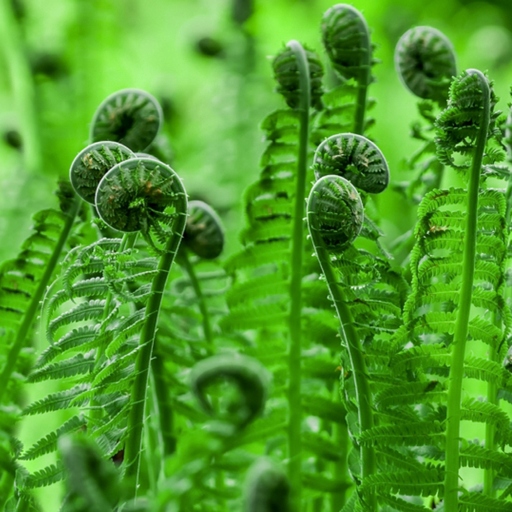
This means that they are often found growing in greenhouses or in shady outdoor areas. Boston ferns prefer cooler temperatures and higher humidity levels than macho ferns.
This is because they are native to tropical regions where rainfall is less reliable. Macho ferns are much more tolerant of drought than Boston ferns.
Now that you know some of the main ways to tell these two popular ferns apart, you can choose the one that is best suited for your home or garden.
[1] Overall Height: Macho Fern is Taller than Boston Fern
So, if you’re looking for a fern to fill a large space, the Macho fern is a good option. There are several things to consider when choosing a fern, including overall height. The Boston fern, on the other hand, is a bit shorter and only grows to about 2-3 feet in height. The Macho fern can get quite tall, up to 6 feet in some cases. But if you’re looking for a fern to put on a table or shelf, the Boston fern is a better choice.
[2] Foliage Size: Macho Fern has Larger Fronds than Boston Fern
This can be a big advantage if you’re looking for a fern that will make a statement in your home. The Macho Fern is also more tolerant of direct sunlight than the Boston Fern, so it’s a better option if you have a bright spot in your home that you want to fill with a fern. For one, the Macho Fern has larger fronds than the Boston Fern. When it comes to ferns, there are two that stand out above the rest: the Macho Fern and the Boston Fern. Both are incredibly popular, but they have some key differences.
[3] Availability and Popularity: Boston Fern is More Readily Available and Popular
Boston ferns are one of the most popular houseplants, and for good reason. They are easy to care for, thrive in a variety of environments, and are available year-round.
They are also widely available online. While Boston ferns are native to the tropics, they can be found in nurseries and garden centers across the country.
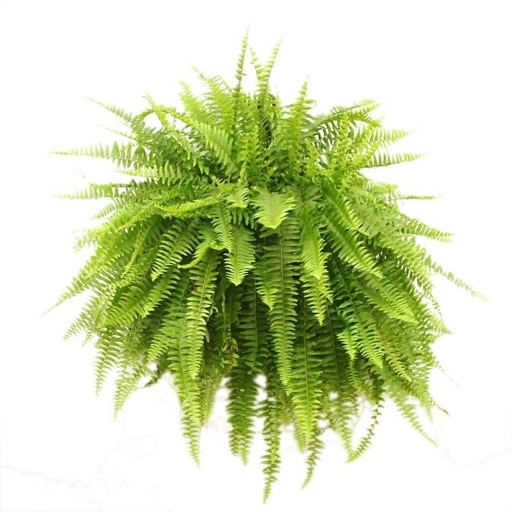
They can be planted in the ground or in containers, hung from baskets or shelves, or even used as ground cover. Boston ferns are a versatile plant that can be used in a variety of ways.
They also need to be protected from drafts and direct sunlight. Boston ferns are relatively low-maintenance plants, but there are a few things to keep in mind. They prefer humid environments and will need to be misted regularly.
They make an excellent addition to any home or office and are sure to bring a touch of the tropics to any space. With proper care, Boston ferns can thrive for years.
Similarities
Both ferns have long, green leaves that can grow up to two feet long. The Boston fern and the macho fern are two of the most popular types of ferns. Both ferns do best in indirect light and need to be kept moist. The Boston fern has a more compact growth habit, while the macho fern has a more spreading habit. The Boston fern is more tolerant of dry conditions than the macho fern. They are both easy to care for and make great houseplants.
[1] Leaf Structure and Color
Leaves are one of the most important parts of a plant, serving many functions including photosynthesis, transpiration, and gas exchange. The structure of a leaf is adapted to maximize these functions. The leaf surface is also covered in a waxy substance called cuticle, which helps to prevent water loss. The surface area of the leaf is increased by the presence of small, flattened structures called leaflets.
Other pigments include carotenoids (yellow and orange) and anthocyanins (red and purple). The most common pigment is chlorophyll, which is responsible for the green color of leaves. The pigments that produce these colors are located in the chloroplasts of the leaf cells. Leaves come in a wide variety of colors, from the deep green of evergreens to the bright red of fall foliage.
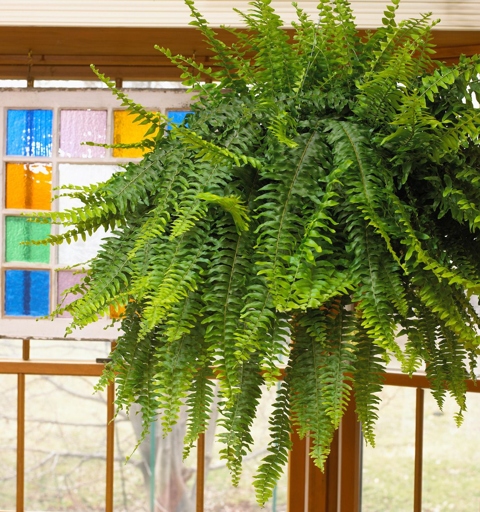
For example, leaves that are exposed to full sunlight will often have a brighter color than those that are shaded. Drought-stressed plants often have leaves that are yellow or brown. The color of a leaf can be affected by its environment. The amount of water available to a plant can also affect leaf color.
[2] Soil
The Macho Fern prefers a soil that is high in organic matter and drains well, while the Boston Fern prefers a soil that is more acidic and has a higher moisture content. When it comes to soil, both the Macho Fern and the Boston Fern have very specific needs.
The Macho Fern prefers a potting mix that is made up of equal parts peat moss, perlite, and sand, while the Boston Fern prefers a potting mix that is made up of equal parts peat moss and sand. When it comes to potting mix, both ferns also have different preferences.

When it comes to watering, the Macho Fern prefers to be kept on the drier side, while the Boston Fern prefers to be kept moist. The best way to determine when your fern needs water is to stick your finger into the soil. If the soil is dry, it’s time to water. If the soil is moist, it’s best to wait until the soil has dried out slightly before watering again.
[3] No Flowers
When it comes to ferns, there are two main types: the macho fern and the Boston fern. Both are popular choices for indoor plants, but there are some key differences between the two.
The Boston fern is a bit more delicate and needs more attention. The macho fern is a tough plant that can withstand a lot of neglect. It’s a good choice for someone who wants a beautiful plant in their home but is willing to put in the work to keep it alive. It’s a good choice for someone who doesn’t have a lot of time to care for their plants.
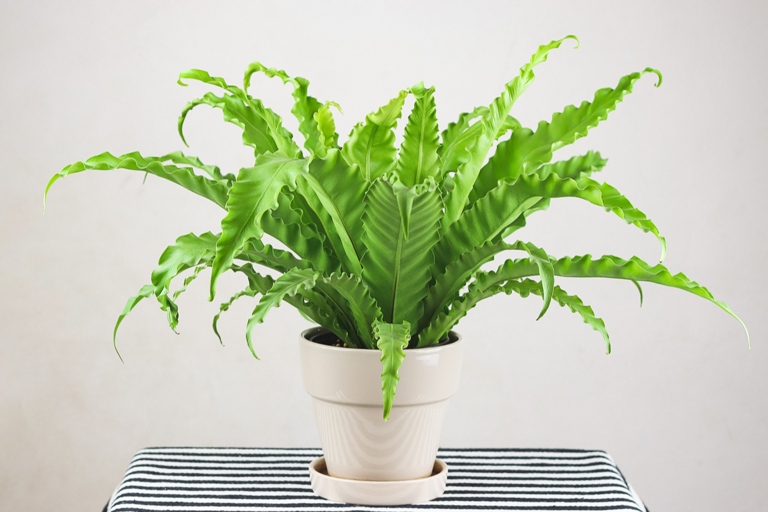
If you’re looking for a low-maintenance plant, the macho fern is a good option. So, which fern is right for you? If you’re willing to put in a bit more effort, the Boston fern will reward you with its beauty.
[4] Light Requirements
The Macho Fern can tolerate low light conditions and even some direct sunlight, while the Boston Fern will only do well in low to moderate light. When it comes to light requirements, the Macho Fern is much more tolerant than the Boston Fern. If you’re looking for a fern to put in a spot that doesn’t get a lot of light, the Macho Fern is a good option.
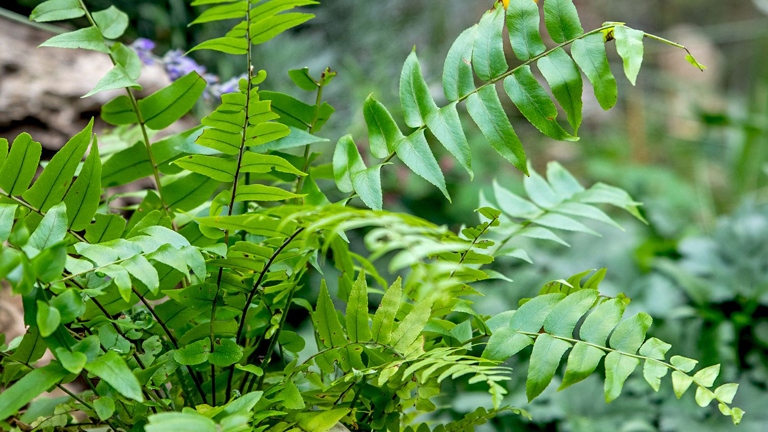
When it comes to watering, the Macho Fern is also more tolerant than the Boston Fern. The Macho Fern can tolerate drier conditions and can even go a few days without water. The Boston Fern, on the other hand, needs to be kept moist at all times. If you’re looking for a fern that’s a bit more low-maintenance when it comes to watering, the Macho Fern is a good choice.
[5] Temperatures
When it comes to temperature, both the Macho Fern and the Boston Fern can tolerate a wide range of temperatures. However, the Macho Fern is more tolerant of higher temperatures than the Boston Fern. The ideal temperature range for the Macho Fern is 60-85 degrees Fahrenheit, while the ideal temperature range for the Boston Fern is 60-75 degrees Fahrenheit.
The Boston Fern, on the other hand, will die if the temperature drops below 60 degrees Fahrenheit. The Macho Fern can also tolerate lower temperatures than the Boston Fern, but it will go dormant if the temperature drops below 60 degrees Fahrenheit.
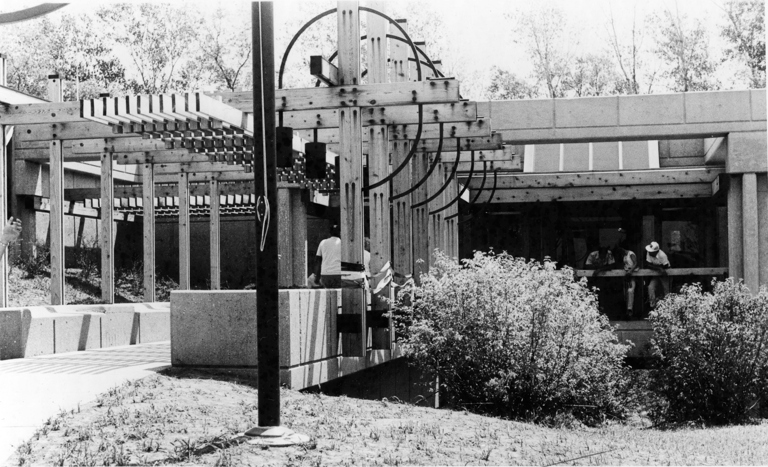
The ideal humidity level for the Macho Fern is 60-80%, while the ideal humidity level for the Boston Fern is 40-60%. When it comes to humidity, the Macho Fern prefers a higher humidity level than the Boston Fern.
But if you’re looking for a fern that can tolerate lower temperatures and lower humidity levels, then the Boston Fern is a better option. So, if you’re looking for a fern that can tolerate a wide range of temperatures and higher humidity levels, then the Macho Fern is a good option.
Why All the Confusion?
But, when it comes to the Macho Fern and the Boston Fern, there seems to be a lot of confusion. So, why all the confusion? When it comes to ferns, there are a lot of different options to choose from.
They are both green, have long leaves, and can be found in a variety of settings. However, there are some key differences that set them apart. Well, for starters, both of these ferns look very similar.
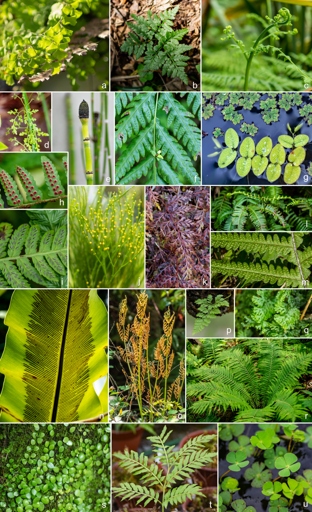
The Macho Fern grows to be about 2-3 feet tall, while the Boston Fern only grows to be about 1-2 feet tall. And, perhaps most importantly, the Macho Fern is an evergreen, meaning it will keep its leaves all year long, while the Boston Fern is a deciduous plant, meaning it will lose its leaves in the winter. The Macho Fern is native to Central and South America, while the Boston Fern is native to the northeastern United States.
When it comes to choosing between the two, it really just depends on what you are looking for in a plant. So, while both the Macho Fern and the Boston Fern may look similar, there are some key differences that set them apart.
Frequently Asked Questions
1. What’s the difference between a Macho Fern and a Boston Fern?
Macho Ferns have larger, more leathery leaves than Boston Ferns. They are also more tolerant of direct sunlight and can even tolerate some drought.
2. Where do Macho Ferns and Boston Ferns come from?
Macho Ferns are native to tropical regions of Central and South America. Boston Ferns are native to the southeastern United States.
3. What kind of soil do Macho Ferns and Boston Ferns need?
Macho Ferns prefer a well-drained, sandy soil. Boston Ferns prefer a moist, humus-rich soil.
4. How often do Macho Ferns and Boston Ferns need to be watered?
Macho Ferns should be watered about once a week, allowing the soil to dry out slightly between waterings. Boston Ferns should be kept evenly moist.
5. What is the best way to propagate Macho Ferns and Boston Ferns?
Macho Ferns can be propagated by division or by seed. Boston Ferns are best propagated by division.
6. What are some common pests and diseases of Macho Ferns and Boston Ferns?
Macho Ferns and Boston Ferns are both susceptible to mealybugs, aphids, and spider mites. They can also be affected by various fungal diseases.
7. Are Macho Ferns and Boston Ferns poisonous to pets or humans?
No, Macho Ferns and Boston Ferns are not poisonous to pets or humans.
Final thoughts
The Boston fern is a classic houseplant that has been around for generations. The macho fern is a newer plant that is becoming more popular. Both plants are easy to care for and make great houseplants. They both have different looks and there are some key differences between the two. The Boston fern has a more traditional look and is a great plant for anyone who wants a classic houseplant. The macho fern has a more modern look and is a great plant for anyone who wants a plant that is a little bit different.
